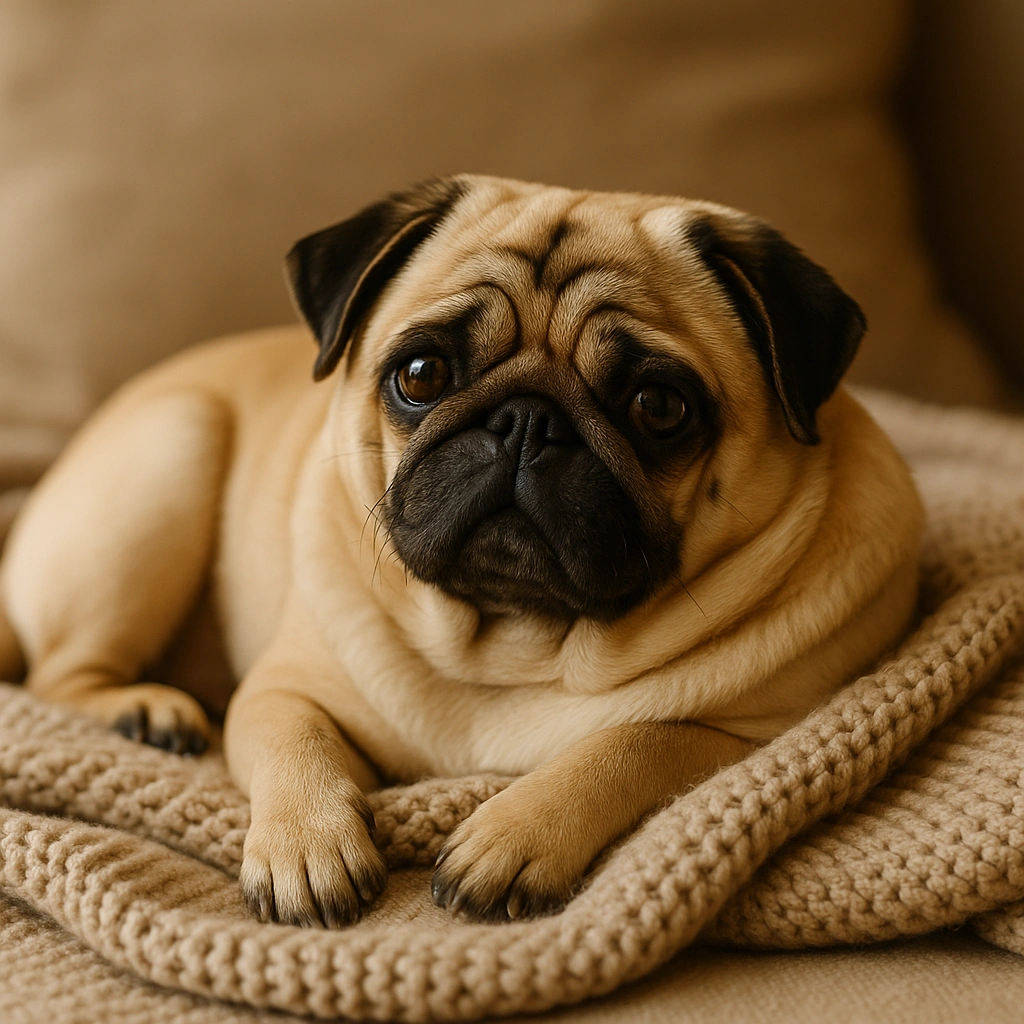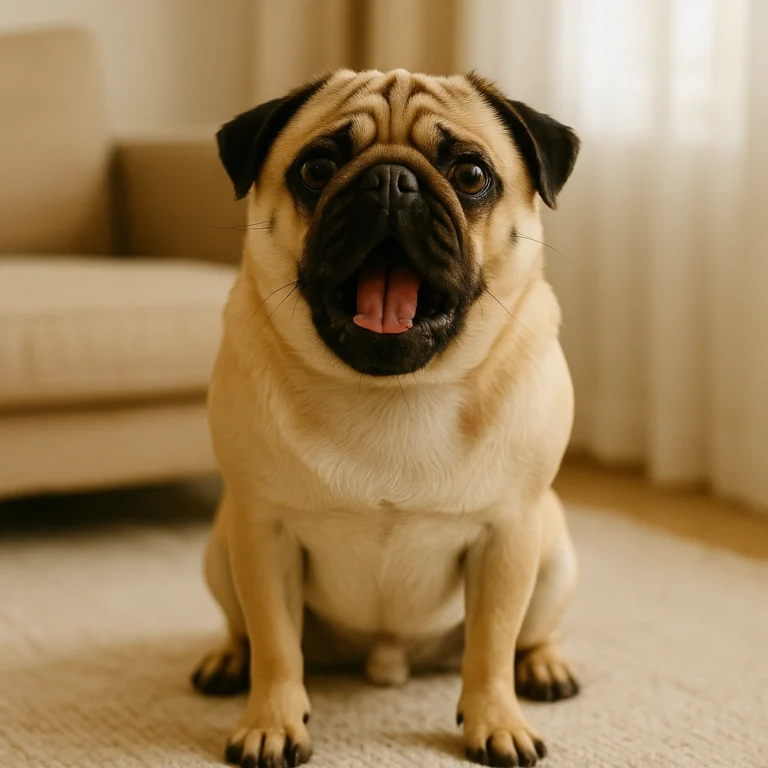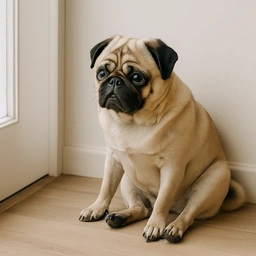How Old Do Pugs Live to Be? Unlocking the Secrets to a Long, Happy Life

Disclosure: This post contains affiliate links. As an Amazon Associate, I earn from qualifying purchases—at no extra cost to you.
Pugs bring so much joy and personality into a home, and knowing how long they typically live helps you prepare for many wonderful years together. Their lifespan varies depending on health, lifestyle, and genetics. Understanding these factors can help you support your pug’s wellbeing every step of the way.
Many veterinarians and experienced pug owners agree that with proper care, pugs can enjoy a full, happy life well beyond a decade. Let’s explore the key points about pug longevity and what owners can do to help their pups thrive.
Average Lifespan of a Pug
The typical pug lives between 12 and 15 years, though some may reach 16 or more with excellent care. This range reflects what many pug parents observe and what veterinary studies suggest.
Feeding quality food, regular vet visits, and maintaining a healthy weight are crucial in maximizing your pug’s lifespan. Staying informed and proactive allows owners to help their pugs live longer, healthier lives.
Health Challenges That Influence Longevity
Pugs face some breed-specific health challenges that can impact how long they live. Their flat faces can cause breathing difficulties (brachycephalic syndrome), while hip problems, skin infections, and eye conditions are also common.
Early detection is vital. Regular veterinary checkups help catch issues before they worsen. Weight management plays a significant role too; excess weight can increase the risk of many health problems.
Lifestyle’s Role in Your Pug’s Years
An active lifestyle suited to your pug’s needs supports longevity. Many pug owners note that dogs who get daily, moderate exercise tend to stay energetic longer.
Heat sensitivity is another consideration since pugs struggle in hot weather due to their breathing. Providing a cool, comfortable environment is essential. High-quality, balanced nutrition also supports overall health and vitality.
Shared Experiences from Pug Owners
Pug owners often share stories of their companions living vibrant lives well into their teens. They credit attentive care, early health screenings, and adjustments to diet and activity as factors in their pugs’ longevity.
Watching for behavioral changes, appetite shifts, or signs of discomfort helps owners take timely action. This kind of attentive care can make a noticeable difference.
Conclusion
Pugs usually live between 12 and 15 years, with many enjoying even longer lives when given proper care. Genetics, health monitoring, diet, and lifestyle all influence how long your pug will be a cherished part of your life. By staying proactive about your pug’s needs, you can help them enjoy a happy, healthy, and full life.






